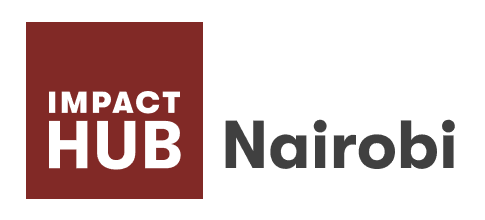To get you, your team and your partners started, immerse yourself in the ideas, conversations and actors shaping the Circular Economy. It is important to understand the concepts and terminology in order to facilitate a precise conversation with stakeholders. As a facilitators of Circular Economy ecosystems, ESOshave a responsibility to avoid dilution of the concepts. We facilitate initiatives that may be early stage and under development, but we are also mindful of the actual impact of the initiatives. For example, working with recycled materials is not always a perfect solution. Sometimes in creating a solution for one problem, we unintentionally create a new problem elsewhere, as this blogpost from World Resources Institute illustrates. It can be more energy intensive to recycle materials, and mixing natural materials with plastics creates a future waste problem. This is why it is important to understand the concepts and keep an open and critical mind when assessing ventures or partners.
What follows overleaf is an overview of key concepts and perspectives relating to Circular Economy. The definitions, approach and resources of Ellen MacArthur Foundation (EMF) are at the center of this chapter, but other relevant frameworks are also presented, because these are important too. Take a look and find what resonates the most with your context. Don’t get lost in complexity and give yourself permission to go slow – this toolkit will help you be pragmatic in how you apply everything to your work.
- The EMF butterfly model of the Circular Economy – separating the biological and technological spheres. Here is quick summary about how materials circulate.
- The Value Hill proposes a categorization based on the lifecycle phases of a product: pre-, in- and post- use. This allows businesses to position themselves on the Value Hill and understand possible circular strategies they can implement as well as identify missing partners in their circular network.
- Doughnut Economics by Kate Raworth is about meeting our needs within planetary boundaries.
- The Disrupt Framework is a comprehensive list of circular strategies for products. It includes 80 tangible strategies that provide guidance and inspiration for you to render your product circular. These are wide-ranging: design guidance, decisions concerning inputs, use, and end-of-life, business models and collaboration in the supply chain and in the use of digital technologies to support circularity.
- Circular strategies are for companies willing to be more resource efficient by narrowing, slowing, closing and regenerating materials and energy loops. The Circularity Deck is a playful and accessible method to explore potential circular strategies and select the most appropriate ones. In this WWF whitepaper you can see how they understood various sectors in Switzerland and how these circular strategies can be applied.
- In the Resolve Framework the three principles of the Circular Economy are translated into six concrete business actions: Regenerate, Share, Optimize, Loop, Virtualize and Exchange.
The framework also proposes three principles to guide action:
1) Preserve and enhance natural capital by controlling finite stocks and balancing renewable resource flows;
2) Optimize resource yields by circulating products, components and materials;
3) Foster system effectiveness by revealing and designing out negative externalities.

